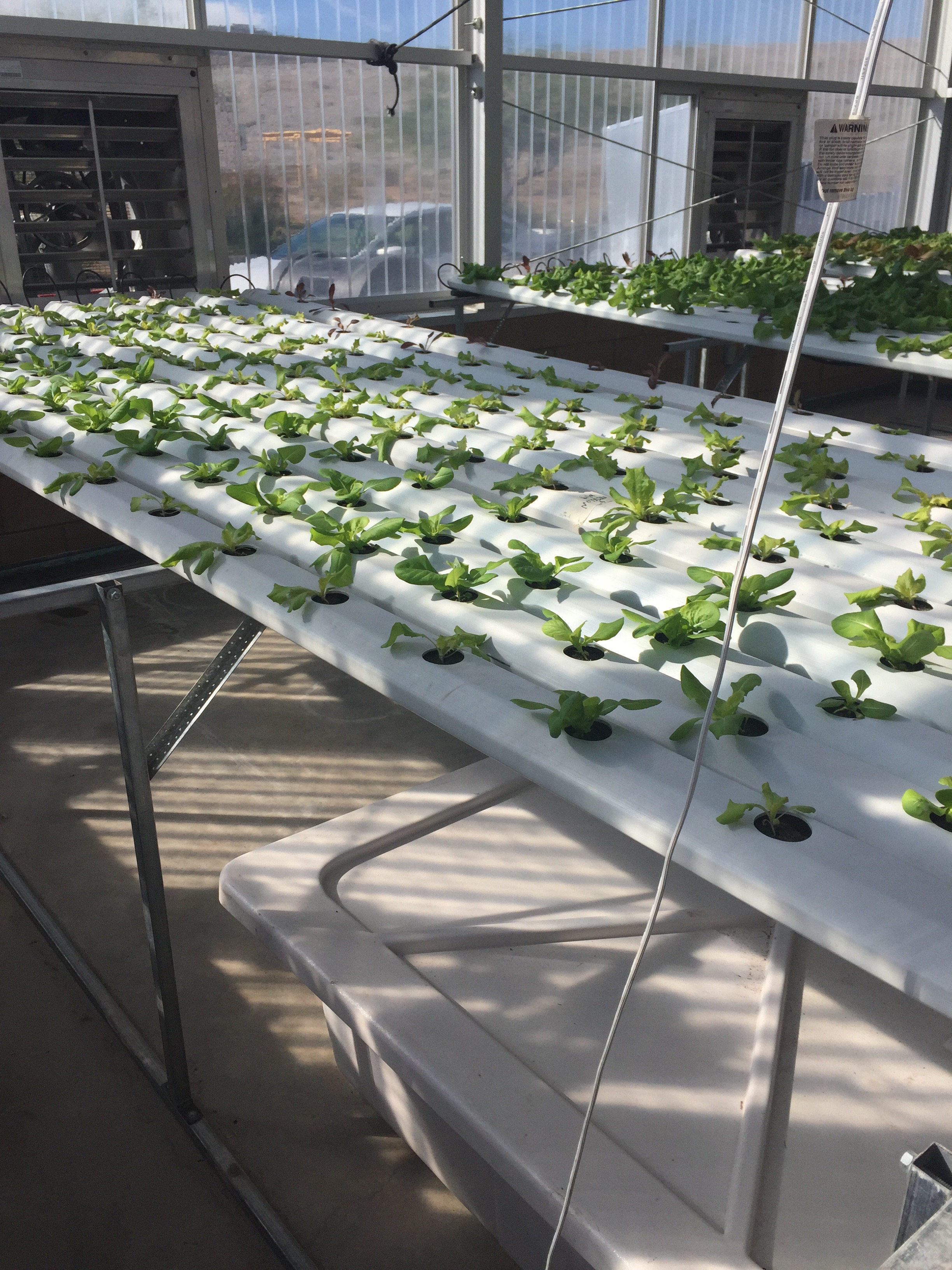The STEM Conference of 2015 was held in Las Vegas. The conference brings together leading experts and researchers from around the United States to focus on topics that impact K–12 STEM education. STEM is an an acronym for the fields of science, technology, engineering and math. Discussion of STEM-related programs has become a presidential priority because too few college students are pursuing degrees in these fields. At the conference we were spoiled with information involving green technologies, 3D printing, nutrition, renewable energy, and urban agriculture.
Stephen Ritz, the founder of the Green Bronx Machine gave a presentation showing how he used urban agriculture to change the students and community of the Bronx lives. The Green Bronx Machine believes that healthy students help drive healthy schools, and that healthy schools are at the heart of healthy communities. Their vision is to improve and grow healthy communities where those who are "apart from ""will become "part of"" the new solutions that Stephen believes, benefits 100% of society. We were fortunate enough to share our ideas of introducing a Food Hub in the metropolitan area of Las Vegas, over some nice warm pizza. The conversation was so spectacular that we had left over pizza. Our entire class got to speak with really intelligent professionals including, Daniel Huard of Greenview Global and Javid the Hydroponics Guru.



































